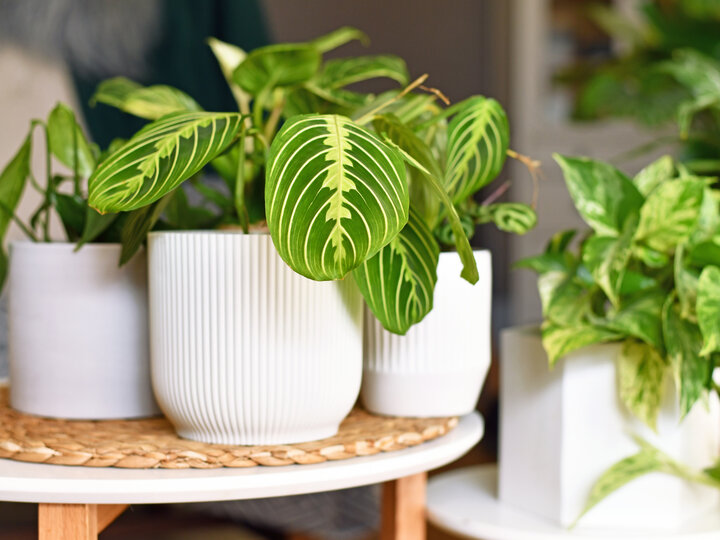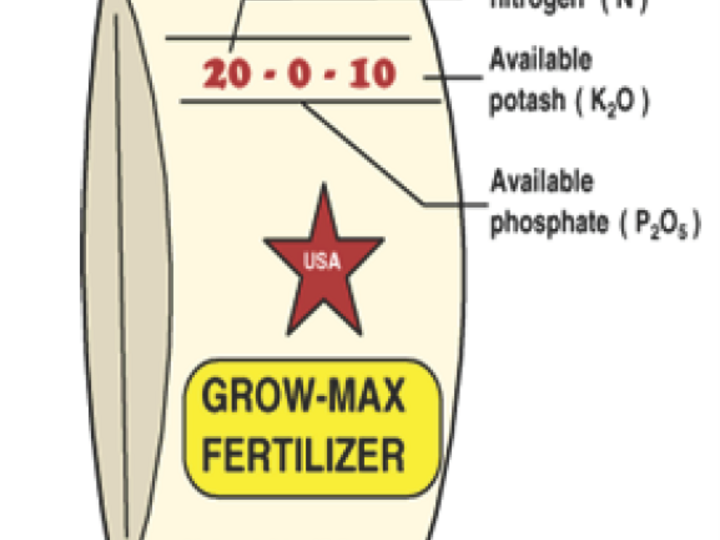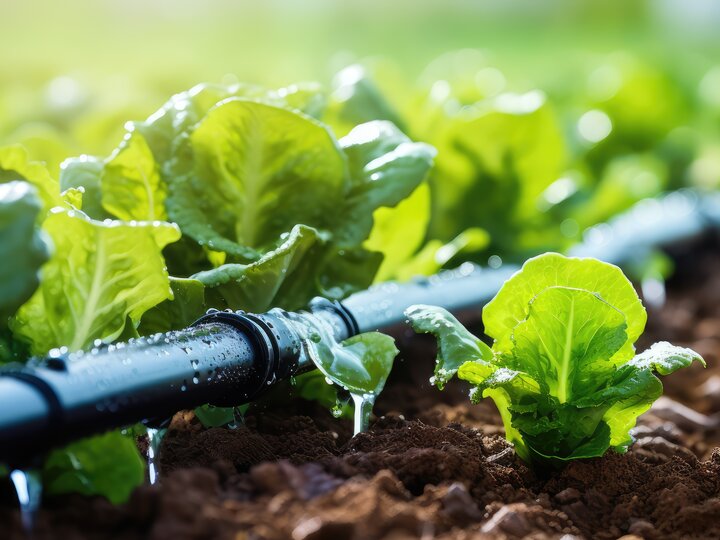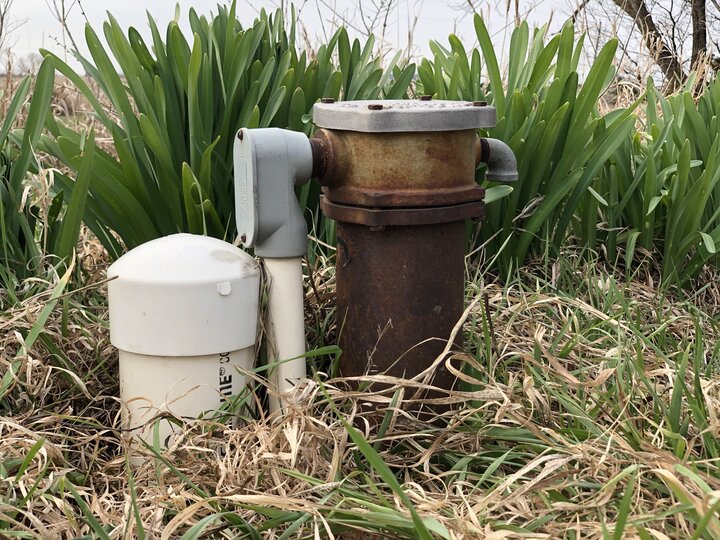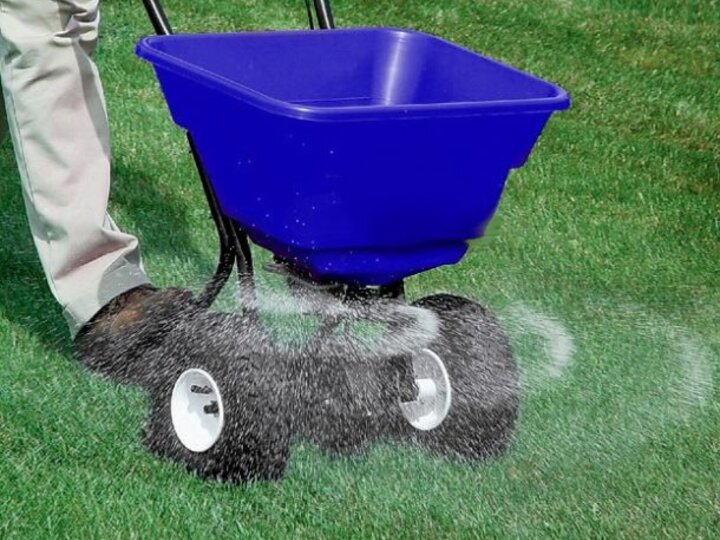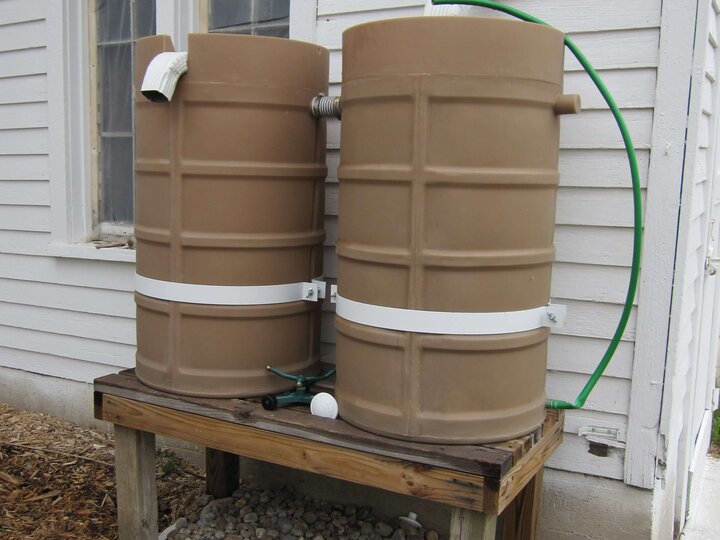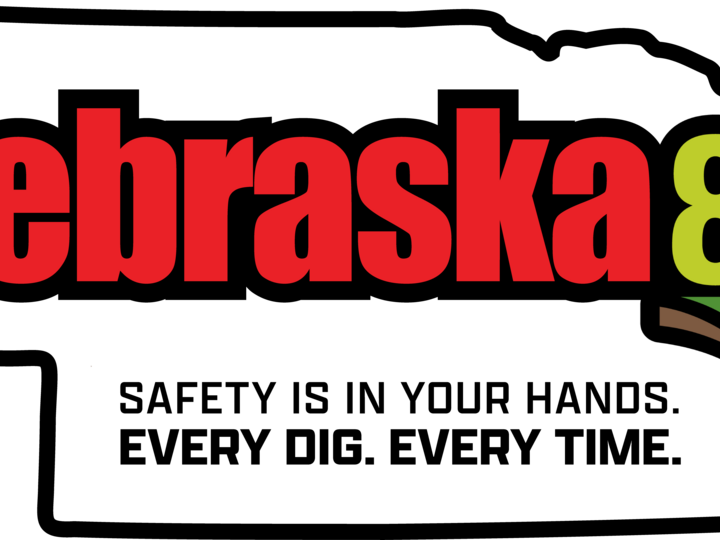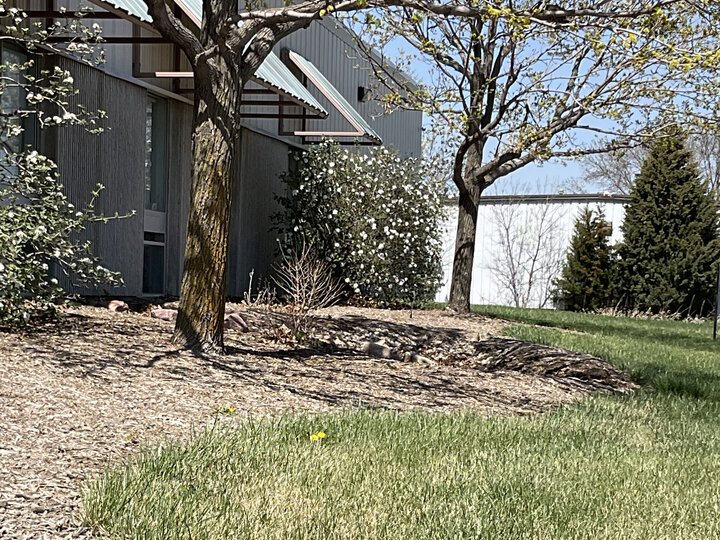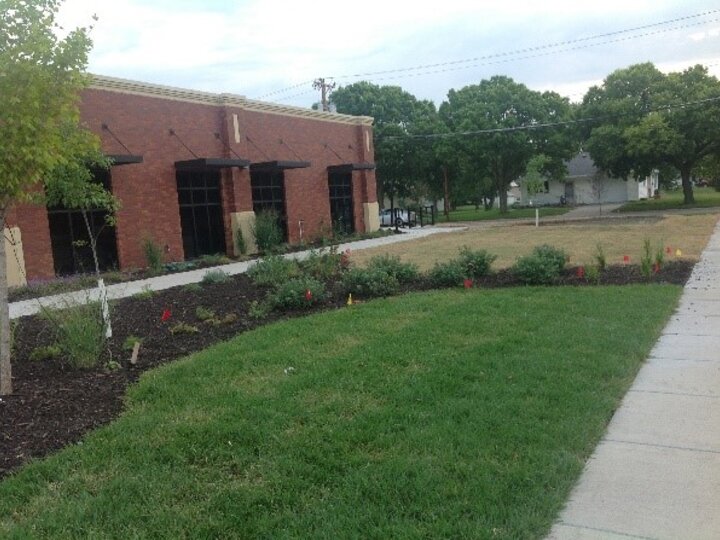Your landscape includes your lawn, trees, shrubs, flowers, vegetable garden, and groundcovers. The lawn is likely a prominent part of your landscape. While the lawn may need watering and frequent care, it adds beauty to the community and a well-maintained lawn offers many benefits:
- absorbs rain water runoff
- decreases soil erosion
- promotes neighborhood pride
- reduces the urban heat island effect
- increases property values
- provides space for recreation and relaxation

